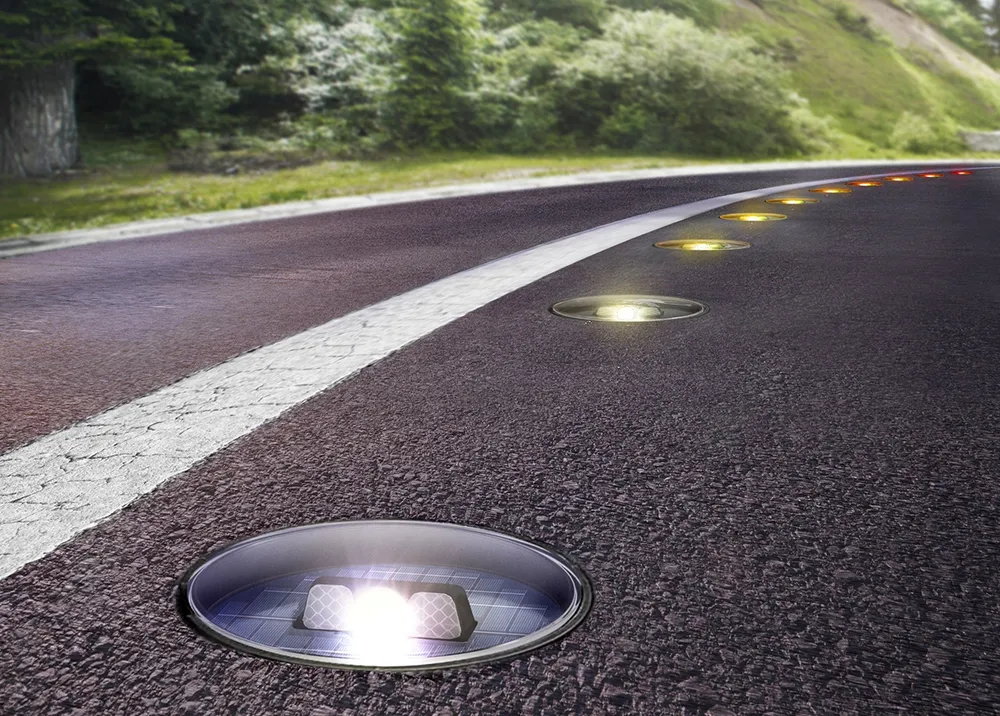
Drone specialist Flytrex and food delivery firm DoorDash have launched a delivery service in the Dallas-Fort Worth (DFW) region.
The move follows a pilot initiative - in which 1,000 deliveries were completed - and means customers in parts of Little Elm and Frisco can now order food from restaurants via the DoorDash app - the first time Flytrex has been integrated in this way.
Users can select drone delivery at checkout, with orders prepared at restaurants and flown to their homes. The service currently reaches over 30,000 households and more than 100,000 residents, with additional DFW sites launching soon, the firms say.
Flytrex drones can carry up to 6.6 pounds, and the company says next-generation models will increase capacity to 8.8 pounds.
"Drone delivery offers suburban families exactly what they're looking for: speed, affordability, and convenience," said Yariv Bash, CEO and co-founder of Flytrex.
The manufacturer believes suburban settings hold the key to developing successful and scalable drone services.
"Suburbs offer a more favourable regulatory environment," Flytrex says in a LinkedIn post.
"Lower population density generally means lower risk, making it somewhat easier to secure regulatory approvals... Focusing on the suburbs allows us to scale responsibly while building trust with the communities we serve."
“The next phase of drone delivery is all about convenience, driven by expanded capabilities that unlock a broader range of use cases,” said Harrison Shih, head of product for DoorDash Labs.
“Larger payloads and longer operating hours allow us to serve more customers, more efficiently, than ever before. By expanding the operational envelope of autonomous delivery, we’re moving closer to making drone delivery a scalable, reliable option for everyday local commerce."








